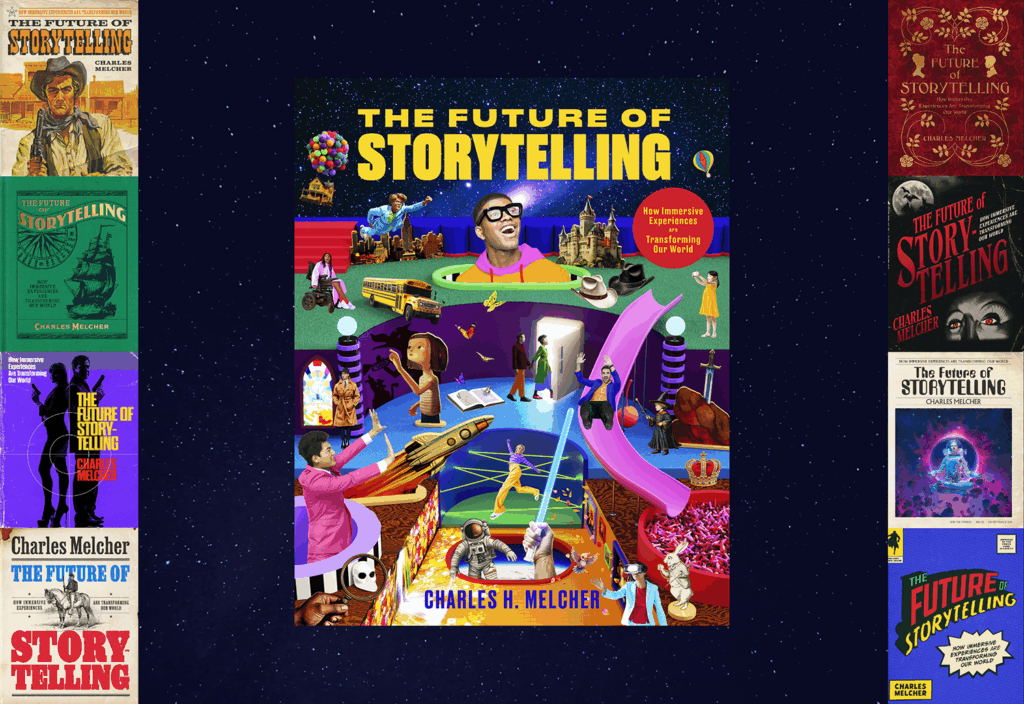The e-customer, a savvy target who demands speed of delivery, quality, and who is able to comparison shop easily, is here. And any company that does not practice effective customer relationship management (CRM) is being left behind.
ISM Inc. president Barton Goldenberg outlined the characteristics of e-customers and the companies that will best serve them in an address to attendees at the recent DCI Customer Relationship Management Conference & Exposition in Chicago. Goldenberg was a co-chair of the conference.
In addition to the requirements noted, the e-customer needs the ability to access marketers through a variety of mediums such as e-mail, inbound fax and traditional “snail mail.”
Moreover, companies must provide personalized services and messages, and introduce the customer to a community of like-minded individuals through elements such as special chat rooms or Web pages. These offerings from companies are being viewed less and less as frills by customers and more as an expected part of the customer’s relationship with the marketer, Goldenberg says.
Goldenberg outlined 13 components of CRM solutions, but warned that a company trying to implement all of them at once, or a vendor attempting to create an all-inclusive product to facilitate them, would be tantamount to trying to eat an elephant in one bite.
The 13 components are:
– Time management functions, such as ACT or Outlook.
– Sales and contact management functions, which incorporate customer history and profile, proposal generation and order entry.
– Sales management functions, including forecasting, sales cycle analysis and territory assignment.
– Telemarketing and telesales.
– Customer service and support, including problem tracking and resolution, order management, and warranty and contract management.
– Marketing campaign management, which includes lead generation and tracking as well as business partner relationship management.
– Executive information, which can be accessed by key executives through internal “portals.”
– Field service support.
– Enterprise portals, through which key customers can gain access to information on the company and any pending orders or service requirements.
– E-business, such as intelligent routing of customers based on data profiles, content personalization and customer self-service.
– Multimodel access, by which customers choose the medium by which they contact the marketer.
– The integration of front- and back-end office functions, along with legacy systems, Web-captured and other external information.
– Data synchronization from both wired and wireless devices, which allows current information to flow between corporate headquarters and multiple field devices.



